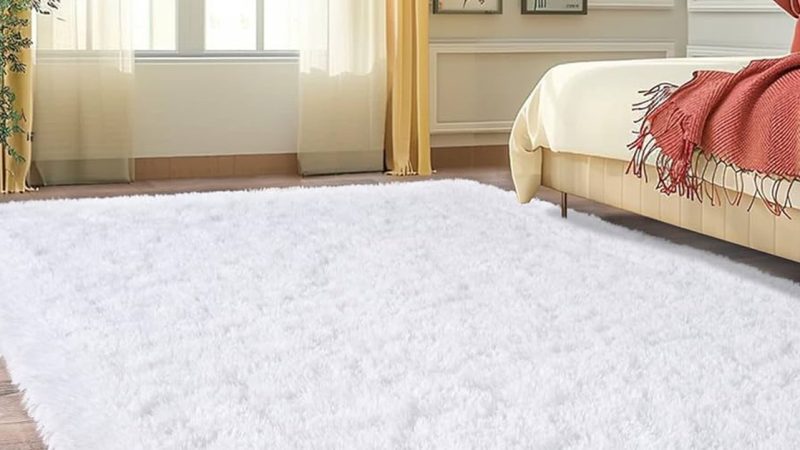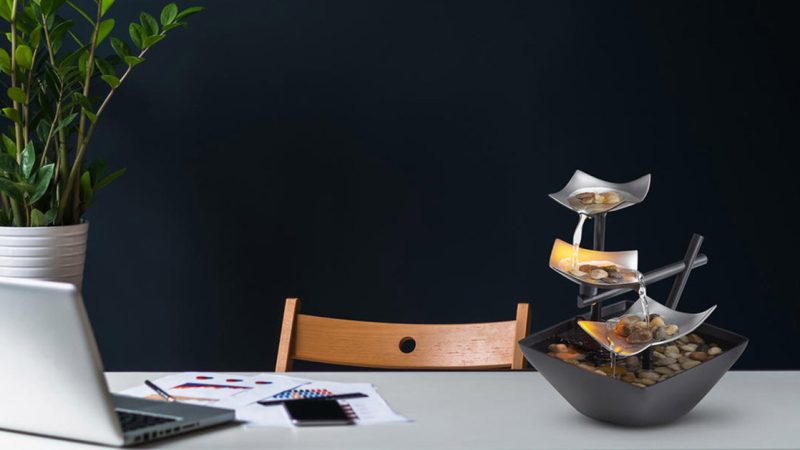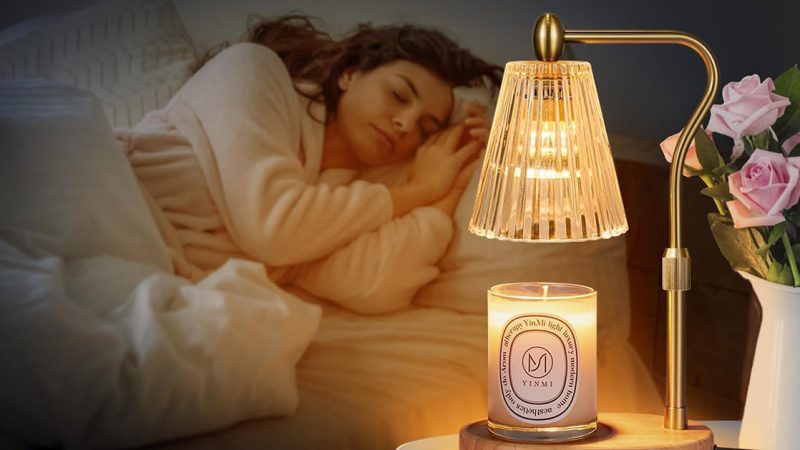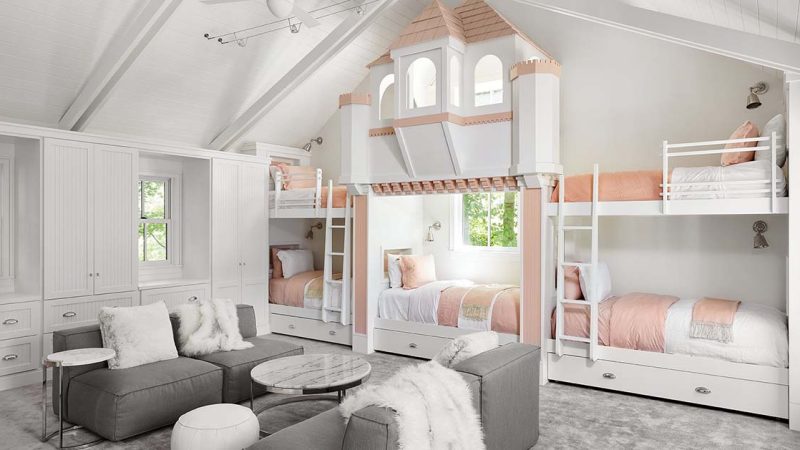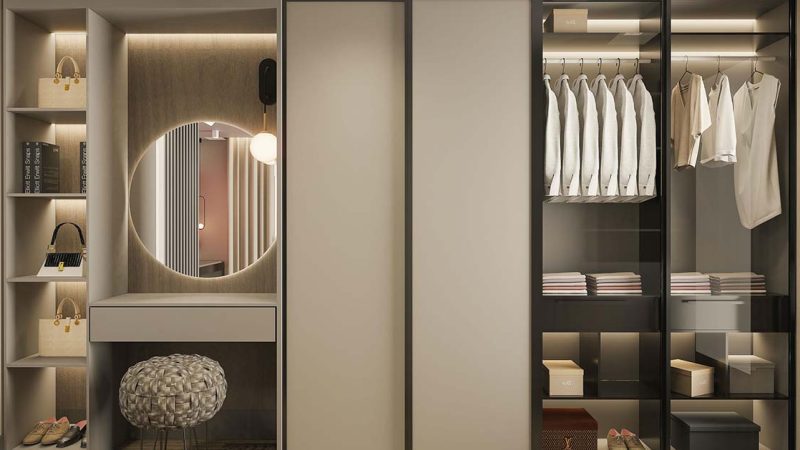Elevate Your Home: A Guide to Decorating with Plants

In modern home design, plants are not just decorative items but essential elements that infuse spaces with life and soul. Their presence brings a breath of nature to the environment, enhancing both comfort and aesthetics. The green hues of plants evoke our yearning for the outdoors, offering warmth and tranquility, as if finding a moment of peace in the bustling city.
1. Choosing the Right Plants
1.1 Indoor Plant Selection
Selecting the right plants is the first step in home decor. Each plant comes with its unique charm and requirements, understanding these characteristics helps in better integrating them into your home environment.
- Fiddle Leaf Fig (Ficus lyrata): With its large, glossy leaves, this plant brings a strong tropical vibe. It stands as a guardian in the corner of the living room, infusing vitality into the space. Its leaves shine like green emeralds, giving the home a fashionable and elegant feel.
- Snake Plant (Sansevieria trifasciata): This plant, with its upright leaves resembling a row of soldiers, quietly guards the space. It thrives in low-light corners and is often considered the go-to plant for those with a busy lifestyle. Its robust nature and understated posture offer a subtle beauty to the space.
- Pothos (Epipremnum aureum): Known for its trailing vines, this plant dances gracefully in the space. It is ideal for hanging in high places or placing on shelves, adding a lively splash of green to the decor.
- ZZ Plant (Zamioculcas zamiifolia): With its shiny, thick leaves, the ZZ Plant is a treasure of nature. It adapts well to various environmental conditions, whether moist or dry. Its resilience and calm presence make it a wise, tranquil addition to any corner.
1.2 Factors to Consider When Choosing Plants
When selecting plants, consider the following factors to ensure their healthy growth and optimal decorative effect:
- Light Conditions: Light is essential for plant growth. Understand each plant’s light requirements. Some plants like Succulents need ample sunlight to thrive, while others like the Snake Plant can tolerate low light. Succulents bask in sunlight like lazy cats enjoying a sunbath, while the Snake Plant maintains a serene beauty in shadowy corners.
- Air Humidity: Different plants have varying humidity needs. For example, Ferns thrive in moist environments, resembling a small tropical rainforest, while Cacti prefer dry conditions, flourishing in desert-like environments. Maintaining the right humidity is crucial for plant health.
- Space Size: The size of the space determines the plant choice. Large plants like the Fiddle Leaf Fig can become a focal point in spacious living rooms, while small plants like Succulents fit well on windowsills or desks, adding a touch of green to smaller spaces.
2. Plant Placement Techniques
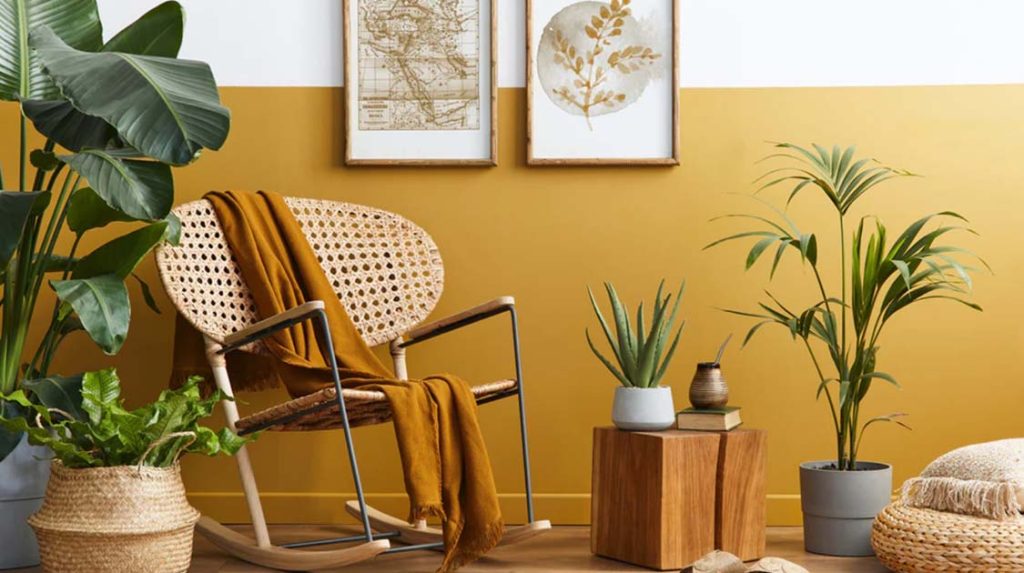
2.1 Space Planning
Plant placement affects not only aesthetics but also the ambiance and functionality of the space. Proper planning and arrangement can maximize the impact of plants in a room:
- Living Room: As the heart of the home, placing a large plant like the Fiddle Leaf Fig can create a visual focal point and draw guests’ attention. Its towering leaves act as a green sculpture, adding a natural artistic touch. Smaller plants like Pothos on side tables near the sofa can enhance the decor with a delicate touch, creating a relaxed and pleasant atmosphere.
- Bedroom: A sanctuary for relaxation, placing air-purifying plants like the ZZ Plant on nightstands or windowsills can improve sleep quality. The ZZ Plant’s leaves act as a natural air freshener, silently providing fresh air and tranquility for restful sleep.
- Home Office: For work and study areas, placing low-light tolerant plants like the Snake Plant near the desk can provide a comfortable work environment. Its minimalist appearance and resilient nature offer a serene backdrop for productivity.
- Bathroom: The bathroom’s humid environment suits plants that thrive in moisture, such as Ferns. They flourish in the damp conditions, adding lively green touches. Ferns’ feathery leaves act as natural decor, infusing each bath with a sense of nature.
2.2 Creative Placement Ideas
Creative placement can make plants stand out as decor highlights, enhancing the visual layers of the space:
- Hanging Plants: Using hanging baskets or stands to suspend plants in the air saves space and adds visual interest. For instance, Hanging Planters sway gracefully in the sunlight, creating a light and airy atmosphere.
- Living Walls: A Living Wall is a unique decorative method, arranging plants vertically on a wall to create a stunning green barrier. It acts as a natural canvas, showcasing nature’s beauty on your wall and adding a distinctive artistic element to your decor.
- Multi-Tiered Stands: Using multi-tiered plant stands to arrange various plants creates a visually appealing display area. Plant stands function like a mini plant museum, showcasing the diversity and beauty of plants.
3. Plant Care and Maintenance
3.1 Watering and Fertilizing
Proper care is essential for plant health, with watering and fertilizing being crucial aspects:
- Watering: Plants have different watering needs. Generally, water when the surface of the soil dries out. For instance, Cacti require less water due to their drought tolerance, while Ferns need consistently moist soil. Watering is akin to giving plants a bath, providing nourishment and life-giving hydration.
- Fertilizing: Regular fertilizing provides essential nutrients to plants, promoting healthy growth. Use general-purpose fertilizers or specialized ones based on the plant’s needs. Fertilizing is like serving a delicious meal to plants, helping them grow robust and healthy.
3.2 Light and Temperature
Light and temperature requirements are vital for plant growth:
- Light: Light is crucial for plant growth. Different plants have varying light needs. For example, Succulents need ample sunlight, while Snake Plants can grow in low-light conditions. Changes in light resemble seasonal variations, providing plants with different climatic conditions for growth.
- Temperature: Maintaining a stable room temperature (generally between 15-25°C or 59-77°F) supports plant health. Most indoor plants are sensitive to temperature changes, and avoiding extreme fluctuations keeps them comfortable. Temperature stability provides an ideal climate for plants.
3.3 Pest and Disease Control
Plants may face pest and disease issues, requiring timely intervention:
- Diseases: Symptoms like spots or yellowing leaves might indicate disease. Using appropriate fungicides can control infections and prevent disease spread. Disease management is like giving plants a health check-up, ensuring their well-being and vitality.
- Pests: Common pests include aphids and spider mites. Use organic pesticides or natural repellents for treatment. Pest control is like providing a protective shield for plants, safeguarding them from external threats.
4. Plant Pairing in Home Decor
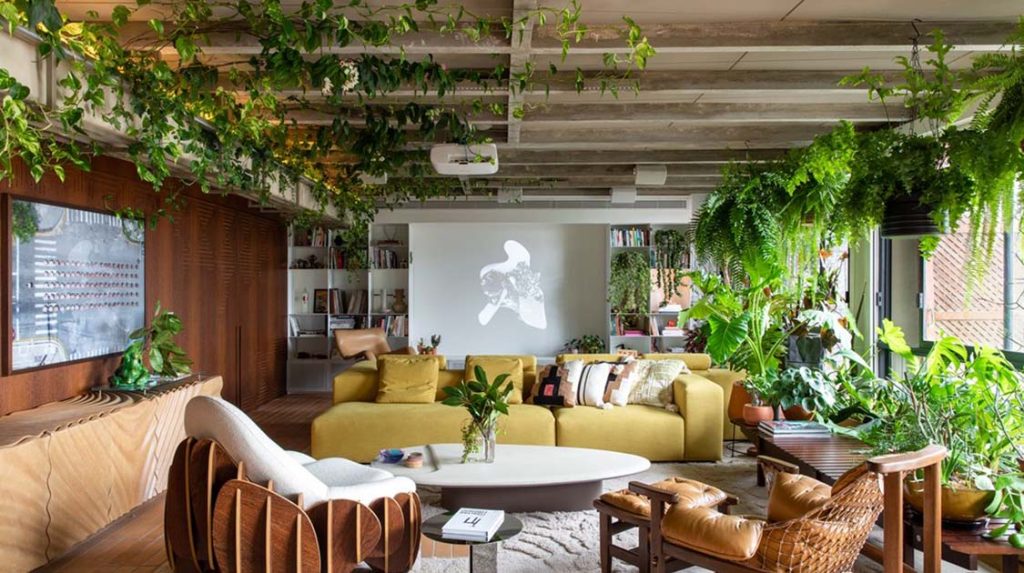
4.1 Color and Style Coordination
The color and shape of plants can be matched with home decor styles and colors for optimal effect:
- Modern Style: Choose simple, uniquely-shaped plants (like ZZ Plant) that complement modern furniture. The ZZ Plant’s glossy leaves blend well with minimalist decor, showcasing a fashionable and contemporary style.
- Country Style: Pair plants with natural appeal (like Lavender) with wooden furniture to create a comfortable, relaxed atmosphere. The aroma of Lavender combined with the warmth of wooden furniture evokes a sense of countryside tranquility.
- Nordic Style: Use plants with clean lines (like Pothos) in conjunction with Nordic decor’s fresh colors to emphasize a natural and minimalist design. The trailing Pothos plant complements the simplicity of Nordic design, creating a fresh and natural living environment.
4.2 Themed Decor
Decorating with plants according to different themes can enhance the distinctiveness of the space:
- Tropical Theme: Use tropical plants (like Bird of Paradise) with tropical-themed decor to create an exotic atmosphere. The unique flowers of the Bird of Paradise and tropical decor create a rainforest ambiance.
- Minimalist Style: Pair minimalist plant containers (like Ceramic Pots) with simple decor to emphasize modern simplicity. The clean lines of Ceramic Pots combined with minimalist furniture create an elegant and pure aesthetic.
- Vintage Style: Combine classic plants (like English Ivy) with vintage furniture to highlight classic elegance. The cascading English Ivy and vintage furniture create a timeless, historical charm.
5. Creative Home Plant Projects
5.1 DIY Living Walls
DIY Living Walls offer an innovative way to decorate, adding a unique artistic touch to the space:
- Steps: Select appropriate plants and a wall frame, plant them into the wall frame, and arrange them according to personal preference. The Living Wall acts as a natural canvas, displaying greenery and adding an artistic flair to your home.
- Materials Needed: Wall frame, soil, plants, planting tools, etc. With these materials ready, you can start creating your own green artwork.
5.2 Plant Hanging Fixtures
Plant hanging fixtures create charming plant displays in home decor:
- Hanging Baskets: Choose attractive hanging baskets to suspend plants, creating a light visual effect. Hanging baskets serve as green chandeliers, adding a natural touch to the decor.
- Hanging Racks: Use hanging racks (like Macramé Hangers) to suspend plants from walls or ceilings, increasing spatial layers. Hanging racks function as decorative art pieces, displaying plants gracefully in mid-air.
5.3 Terrariums and Plant Ecosystems
Terrariums are small enclosed plant ecosystems that are both beautiful and practical:
- Steps: Select suitable plants, soil, and containers, and plant them according to terr
arium requirements. Terrariums act as miniature natural worlds, encapsulating the beauty of plants in a glass container, adding natural charm to your home.
- Advantages: Terrariums can self-maintain their environment, reducing maintenance work and fitting modern busy lifestyles. They offer a low-maintenance plant ecosystem, allowing you to enjoy nature’s beauty with minimal care.
Plants not only beautify home environments but also enhance the quality of life for residents. They act as nature’s emissaries, bringing the essence of the outdoors into our homes. By selecting and placing plants wisely, along with incorporating creative decor methods, you can create a beautiful and comfortable living space. Embrace the opportunity to connect with nature amidst a busy life, allowing green to become a part of your home and infusing it with endless vitality and tranquility.
